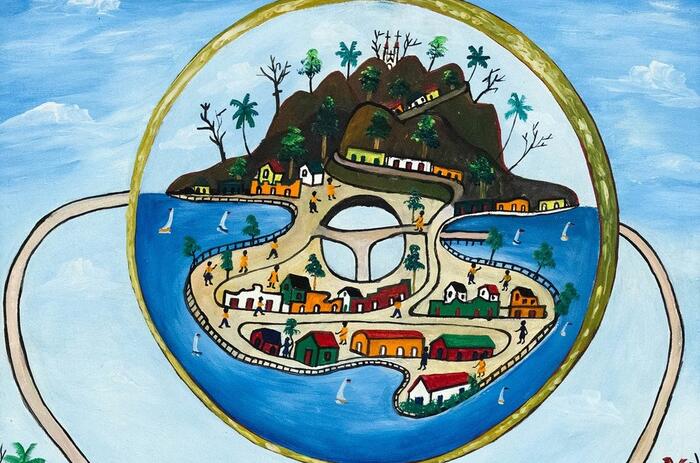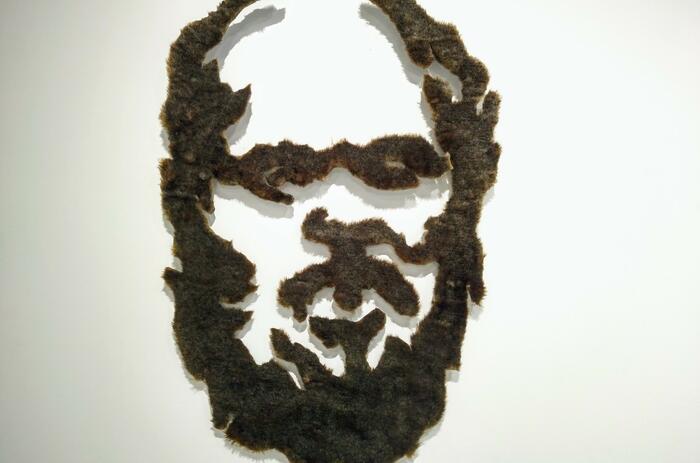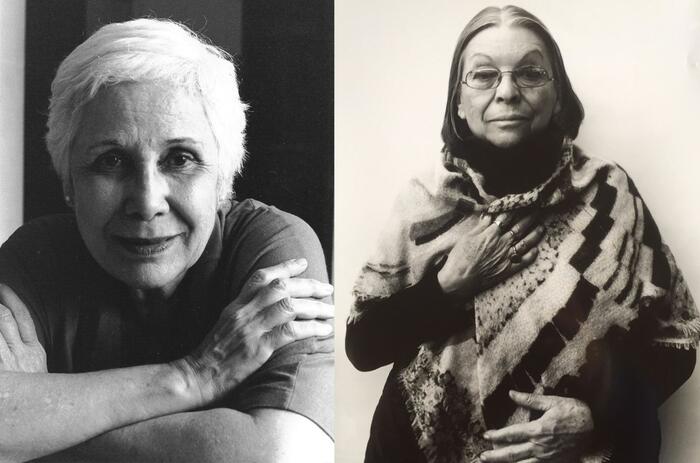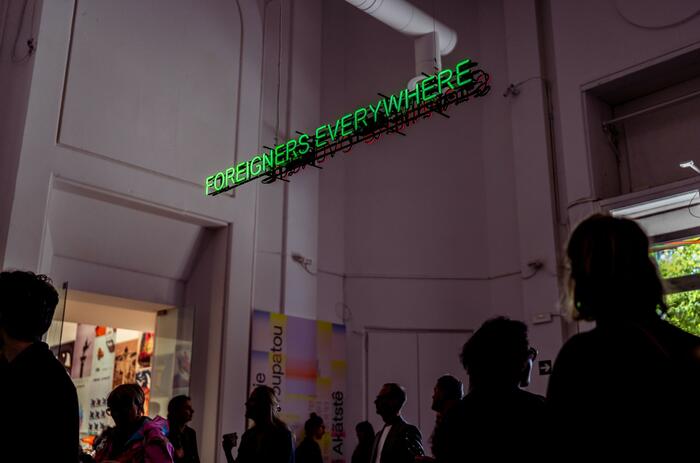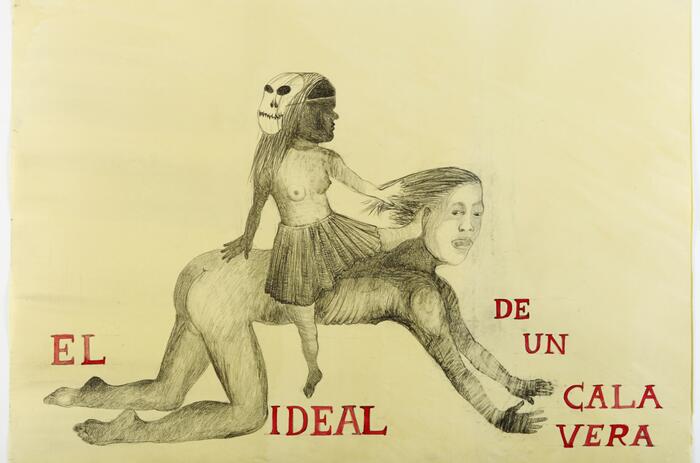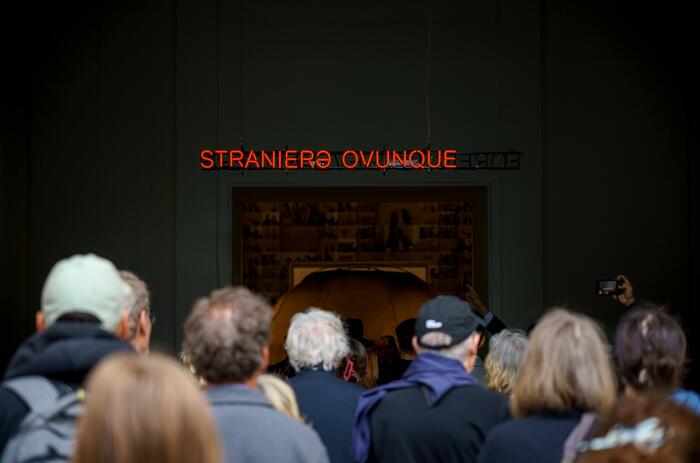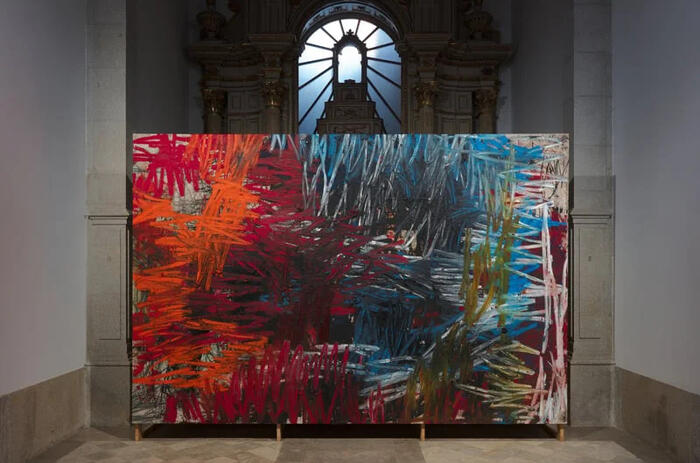CRAFTING MODERNITY AT MoMA: DESIGN IN LATIN AMERICA, 1940-1980
The Museum of Modern Art presents Crafting Modernity: Design in Latin America, 1940–1980, the first exhibition by a major American museum to examine modern design in the region on a broad scale.
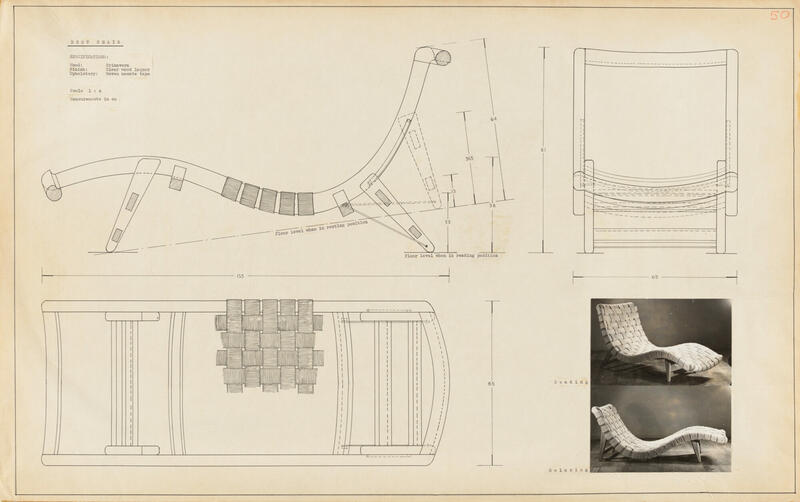
On view through September 22, 2024, the exhibition focuses on six countries—Argentina, Brazil, Chile, Colombia, Mexico, and Venezuela—that spearheaded the development of modern domestic design in Latin America.
Through more than 100 objects, including furniture, graphic design, textiles, ceramics, and photography, drawn from MoMA’s collection and from public and private collections across the US, Latin America, and Europe, the exhibition demonstrates how the field of design in Latin America provides a valuable platform for examining and understanding larger political, social, and cultural transformations in the region.
The exhibition focuses on the postwar era in Latin America, a period of dramatic transformations characterized by great economic growth and rapid modernization. In the 1940s, as World War II raged in Europe, countries in this region replaced goods that had traditionally been imported with domestically produced products. These readily available materials led to the exponential rise of national industries, generating professional opportunities for local designers. By the late 1970s, a series of economic crises echoed throughout the region, marking the end of an era of developmentalism in Latin America, when it was widely believed to be the state's role to promote modernization and to foster a strong internal market for domestic goods.
-
Clara Porset (Mexican, born Cuba. 1895–1981). Butaque . 1957. Laminated wood and woven wicker, 28 3/4 × 25 13/16 × 33 7/16″ (73 × 65.6 × 84.9 cm). The Museum of Modern Art, New York. Gift of The Modern Women’s Fund. Digital image © 2024 The Museum of Modern Art, New York
-
Guillermo González Ruiz (Argentine, born 1937), Roland Shakespear (Argentine, born 1941). New Knoll Designs (New Designs from Knoll) . C.1970. Lithograph. 41 x 27 3/4″ (104.1 x 70.5 cm). The Museum of Modern Art, New York. Anonymous gift. Digital image © 2024 The Museum of Modern Art, New York
-
Roberto Burle Marx (Brazilian, 1909–1994). Ibirapuera Park, Quadricentennial Gardens, project, São Paulo, Brazil (Plan, detail five ). 1953. Gouache on board, 43 x 52 1/8″ (109.2 x 132.4 cm). The Museum of Modern Art, New York. Inter-American Fund. © 2024 Burle Marx & Cia.Ltda
-
Emilio Ambasz (Argentine, born 1943). Flashlights . 1983. Manufacturer: GB Plast, Bologna, Italy. ABS plastic, Each: 4 x 1 1/4 x 1″ (10.2 x 3.2 x 2.5 cm). The Museum of Modern Art, New York. Gift of the designer. Digital image © 2024 The Museum of Modern Art, New York
-
Roberto Matta (Chilean, 1911–2002). Malitte Lounge Furniture. 1966. Manufacturer: Gavina, Italy. Wool and polyurethane foam, Overall: 63 x 63 x 25″ (160 x 160 x 63.5 cm). The Museum of Modern Art, New York. Gift of Knoll International © 2024 Artists Rights Society (ARS), New York / ADAGP, Paris
-
Alejandro Otero (Venezuelan, 1921–1990). Ortogonal (Collage) 1. 1951. Cut-and-pasted colored paper on paper mounted on paper, 12 5/8 x 12 5/8″ (32.1 x 32.1 cm). The Museum of Modern Art, New York. Gift of Patricia Phelps de Cisneros in honor of Marie-Josée Kravis. © 2024 / Artists Rights Society (ARS), New York / AUTORARTE, Venezuela. Digital image © 2024 The Museum of Modern Art, New York
-
Jacques Mosseri (Colombian, 1936). Cuatroenuno (fourinone) table. 1978. Guayacán wood, 5 7/16 × 7 1/16 × 6 1/2″ (13.8 × 17.9 × 16.5 cm). Collection of designer
-
Installation view of Crafting Modernity: Design in Latin America, 1940–1980, on view at The Museum of Modern Art from March 8 through September 22, 2024. Photo: Robert Gerhardt
-
Installation view of Crafting Modernity: Design in Latin America, 1940–1980, on view at The Museum of Modern Art from March 8 through September 22, 2024. Photo: Robert Gerhardt
-
Michael van Beuren (Mexican, born United States. 1911–2004), Klaus Grabe (German, 1910–2004), Morley Webb (American, 1910–1986). Entry panel for MoMA Latin American Competition for the exhibition Organic Design in Home Furnishings (1941). c. 1940. Ink and photo collage on paper, 19 3/4 x 31 1/2″ (50.2 x 80 cm). The Museum of Modern Art, New York. Gift of the designer, 2008. Digital image © 2024 The Museum of Modern Art, New York
In the period addressed by the exhibition, Latin America was by no means a homogenous territory, and designers active in the region proposed sometimes conflicting visions of modernity. For some, design was an evolution of local craft traditions, leading to an approach that combined centuries-old artisanal techniques with machine-based methods. For others, design responded to market conditions and local tastes, and was based on available technologies and industrial processes. They proposed designs rooted in new visual repertoires using their own technologies, which had developed as a result of the growing national industries. They rejected historicism and embraced international avant-garde movements. Crafting Modernity charts these differences between countries, and explores how designs for domestic environments reflect ideas of national identity, models of production, and modern ways of living.

